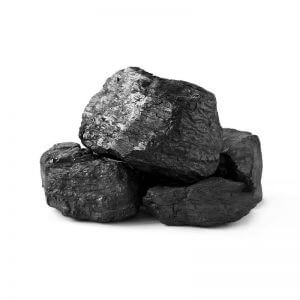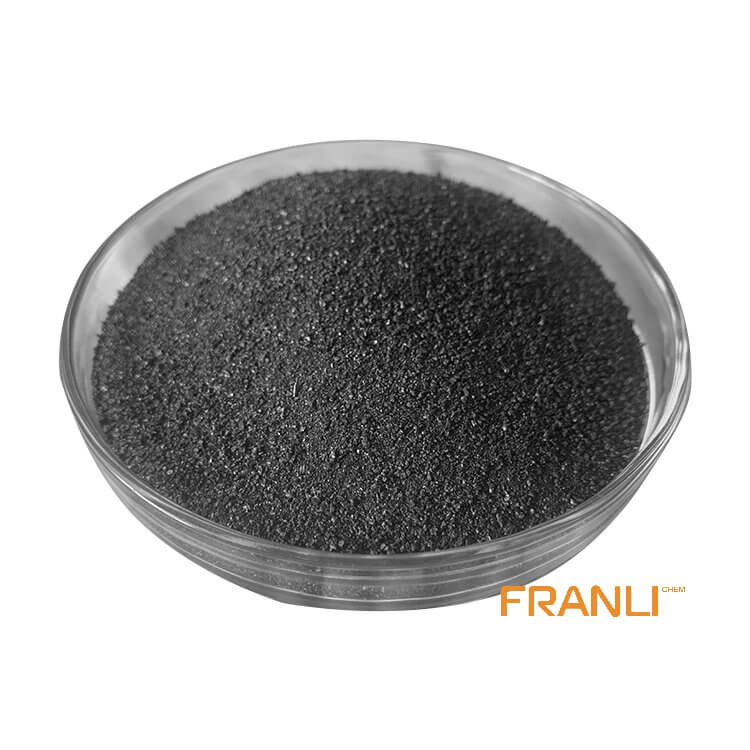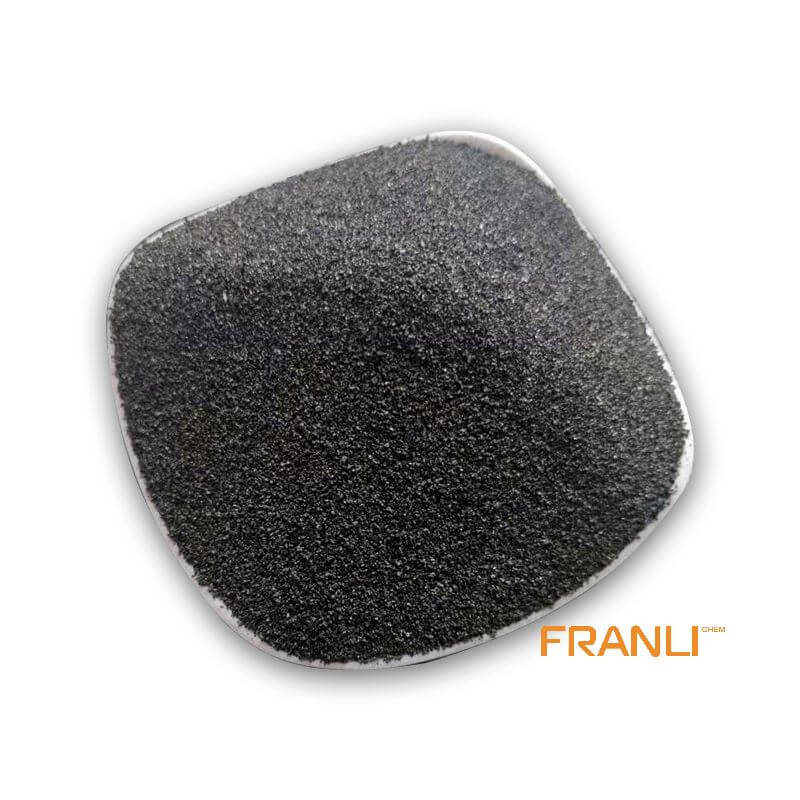


Petroleum Coke
Size
According to your requirements
Package
25 kg small bags into ton bags or ton bags
Features
Low ash content and low boiler ash discharge, etc.
Application
Depending on its quality, petroleum coke can be used in industries such as graphite, smelting and chemical industry, etc
Petroleum coke, as a byproduct of petroleum, is produced in the process of petroleum processing, that is, the crude oil is distilled to separate light and heavy oil, and the heavy oil is converted into petroleum coke by hot cracking. If petroleum coke can be obtained directly from petroleum processing, then the petroleum coke is raw coke or ordinary coke. Petroleum coke has irregular shape, dark gray or black, porous structure and metallic luster.
Request a quotePetroleum coke is a product formed by separating light and heavy oil from crude oil through distillation and then transforming heavy oil through thermal cracking. From its appearance, coke is a black block (or particle) with irregular shapes and different sizes, with a metallic luster. The particles of coke have a porous structure. The main element composition is carbon, accounting for more than 80wt%, and the rest are hydrogen, oxygen Nitrogen, sulfur, and metal elements. Petroleum coke has unique physical, chemical, and mechanical properties. It is the nonvolatile carbon in the heating part. The chemical properties of coke are determined by the indexes of volatile matter and mineral impurities (sulfur, metal compounds, water, ash, etc.).

Classification and properties of petroleum coke
The morphology of petroleum coke varies with the process, operating conditions, and feed properties. The petroleum coke produced from the petroleum coke workplace is called green coke, which contains some volatile components of non-carbonized carbon hydrocarbon compounds. Raw coke can be used as fuel-grade petroleum coke. If it is to be used as an anode for aluminum smelting or an electrode for steelmaking, it is necessary to calcine the mature coke at high temperature to complete carbonization and reduce the volatile components to the minimum.
The appearance of coke produced in most petroleum coke workplaces is a black-brown porous solid irregular block. This kind of coke is also called sponge coke. The second kind of petroleum coke with better quality is called needle coke, which is more suitable as an electrode than sponge coke because of its low resistance and thermal expansion coefficient. Sometimes another kind of hard petroleum coke is also produced, which is called shot coke. This coke is shaped like a projectile, has less surface area, and is not easy to coke, so it has few uses.
Petroleum coke has unique physical, chemical, and mechanical properties. It is the nonvolatile carbon of the heating part. These indicators of volatile substances and mineral impurities (sulfur, metal compounds, water, ash, etc.) determine the chemical properties of coke. Porosity and density in physical properties determine the reaction capacity and thermophysical properties of coke. Mechanical properties include hardness, wear resistance, strength and other mechanical properties, particle composition, and other properties such as processing, transportation, stacking, and storage.

Processing technology of petroleum coke
Petroleum coke is produced by taking the heavy oil or other heavy oil distilled from crude oil as raw material, passing through the furnace tube of 500 ℃ 1 ℃ heating furnace at a high flow rate, so that the cracking and condensation reaction can be carried out in the coke tower, and then cooling and coke removal for a certain time.
Application:
Mainly used for making carbon products, such as graphite electrodes and anode arcs, and for steelmaking, nonferrous metals, and aluminum smelting; Preparation of silicon carbide products, such as various grinding wheels, sand skins, sandpaper, etc; Preparing commercial calcium carbide for synthetic fiber, acetylene, and other products; It can also be used as fuel.
The quality standard of petroleum coke
Delayed petroleum coke refers to the raw coke produced by delayed coking units, also known as ordinary coke. At present, there is no corresponding national standard. At present, domestic production enterprises mainly produce according to the industrial standard sh0527-92 formulated by the former China Petrochemical Corporation. The standard is mainly classified according to the sulfur content of petroleum coke. Grade I coke and No. 1 coke is suitable for making ordinary power graphite electrodes in the steel-making industry and carbon for aluminum in the aluminum smelting industry; No. 2 coke is used as electrode paste and production electrode for electrolytic cell (furnace) in the aluminum smelting industry. No. 3 coke is used for the production of silicon carbide (abrasive material) and calcium carbide (calcium carbide) and other carbon products. It is also used to manufacture anode bottom blocks of aluminum smelting electrolytic cells and construct blast furnace carbon lining brick or furnace bottoms.
Use of petroleum coke
(1) It can be used as fuel for boilers, steam electricity symbiosis, cement kilns, etc
(2) Make an aluminum anode electrode
(3) Directly used as a carbon source of chemicals such as elemental phosphorus, calcium carbide, and silicon carbide
(4) Make the electrode of the electric furnace for producing elemental phosphorus, titanium dioxide, carbonization, and silicon carbide
(5) Made of graphite



